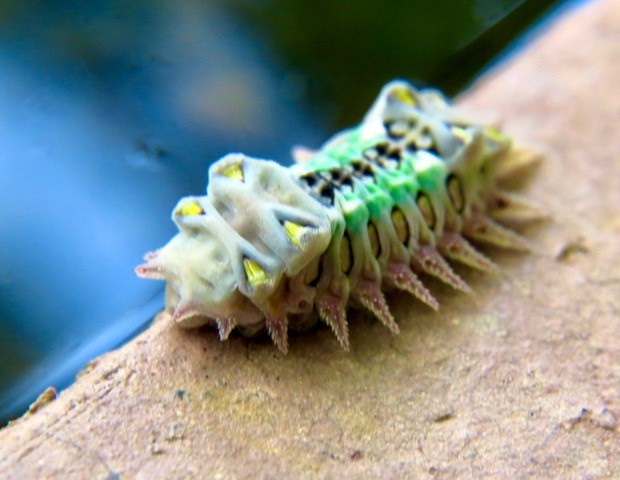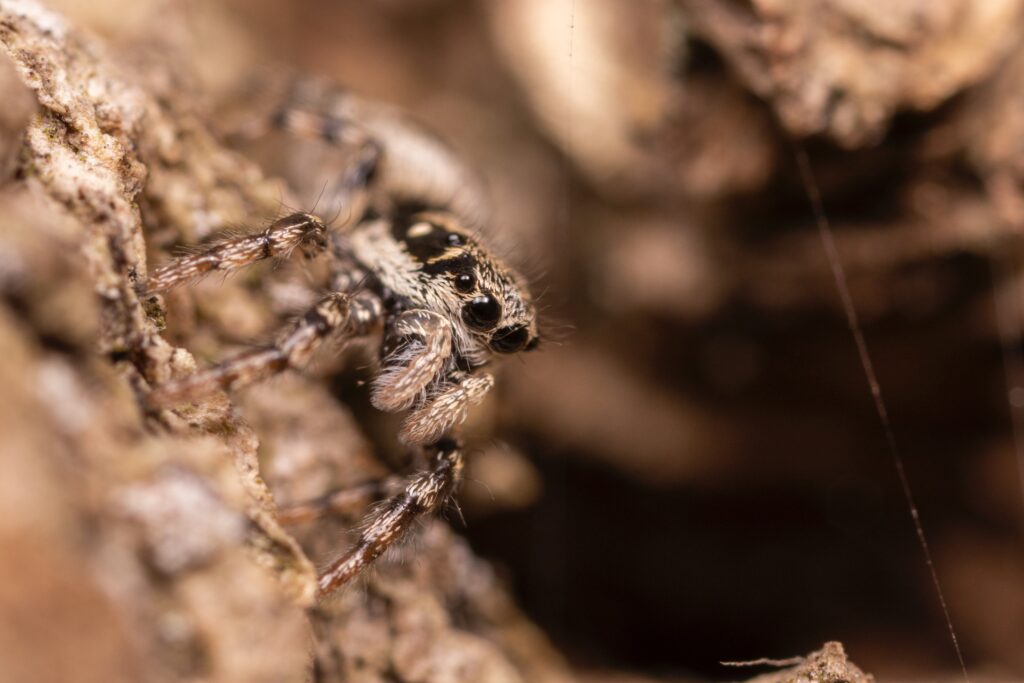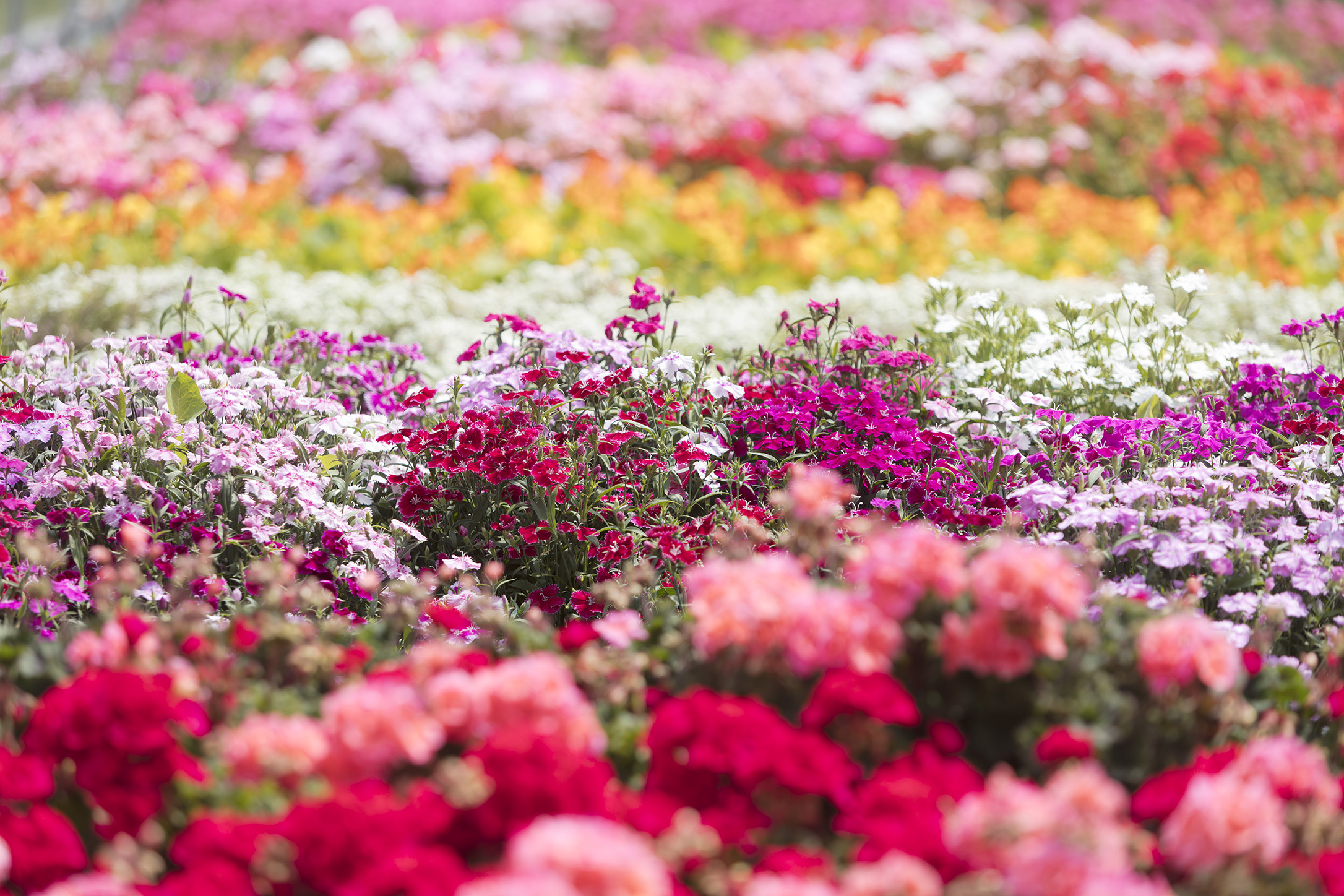November 29th, 2020About the house with Glen
Fortunately in any natural, organically-controlled garden, for every form of pestilence, there’s at least one equally ravenous predator critter ready to pounce.
Among these are the little wasp-like hoverflies, preying mantis, katydids and more – all doing their best to maintain order, but not always as welcome as you would expect, especially when they decide to try their luck indoors…like our friendly neighbourhood huntsman.
Now, I admit to being a bit of an arachnophobe ever since my early teens and the embarrassing examination of my nether regions, by a lady doctor, due to an all too close encounter on our outdoor toilet seat…but I do appreciate the noble huntsmen and the role they play in cleaning up vermin – even if I get the heebie-jeebies if one pops up on the wall over my bedhead.

Golden huntsman
Huntsman spiders, especially the golden huntsman (beregama aurea), have been seen around in the past few weeks, bringing about a few anxious enquiries. It is uncommon for them to be found indoors, they tend to live beneath the bark on the trunks of large eucalypts and other native trees, feeding on moths, cockroaches, crickets, flies and other spiders. They are neither aggressive, nor dangerously venomous, but the adults do have large fangs and their bite is quite painful. The good news is that they are rather timid and, like me, would rather run than fight. You probably didn’t want to hear this but they apparently make good pets.

Venomous caterpillars
Peta came into my study to announce that there was a weird but pretty little caterpillar sunbaking on the edge of our birdbath. “Come and look before a bird eats it!” “It” looked like nothing I’d ever seen in a garden, more akin to the current rash of those multicoloured kids’ toys. I remembered that many of the multi-coloured, highly decorated moth or butterfly larvae have a secondary defence mechanism – either stingers amongst their finery or they squirt lethal substances when threatened.
I couldn’t find any defining references to that particular caterpillar, but realised that it is one of the native cup moths. Needless to say both we and, obviously the birds, have left it to its own devices.
Alien outcrops
This week I received an emailed plea for help and several photographs of unhappy potted plants that had been attacked by what appeared to be rather rancid scrambled eggs. Many of the leaves were looking the worse for wear as well.
The plants, growing as they are in the window of a salon, would be subject to a warm, dry atmosphere, open to straying chemical vapours from sprays and probably over-watered. In other words, the usual environment for many indoor plants.
The remedy is simple: Cease watering and allow the soil to dry out; scrape away and remove any sign of fungus; spray the soil several times at weekly intervals with a tablespoon of baking soda mixed into two litres of water; cut off any dead or dying leaf stems; evacuate the plants to a warm, shady outdoor spot to rejuvenate; and water the plants by giving them a thorough soaking and water again only when the soil is dry down to knuckle depth. You can bring them back indoors as soon as you see signs of recovery.
Got a gardening query? Email glenzgarden@gmail.com










